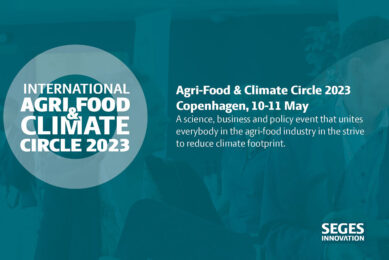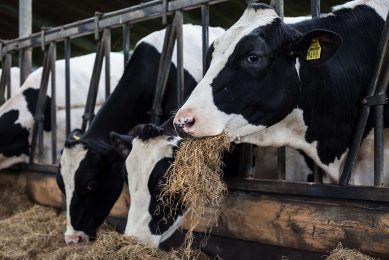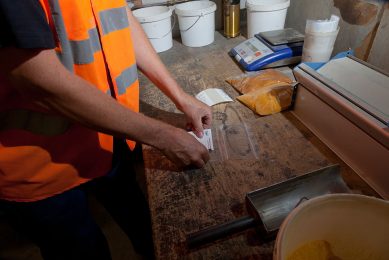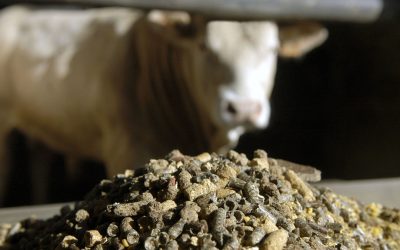Feed industry joins FAO to improve measurement of livestock’s environmental impact
The International Feed Industry Federation (IFIF), together with the American Feed Industry Association (AFIA) and the European Compound Feed Manufacturers’ Federation (FEFAC), have joined a new UN FAO-led partnership to improve how the environmental impacts of the livestock industry are measured and assessed.
“This is a vital and necessary first step in improving the sustainability of this important food production sector,” says Professor Frank Mitloehner from the University of California, Davis, representing the feed industry, who has been elected as the Chairman of this partnership for the first year.”
Professor Mitloehner added that “the FAO offer to facilitate dialogue among the private sector, governments and NGO’s as an important step to bring together all available expertise on the latest advances in LCA research”.
“How to feed the world sustainably in 2050 is one of the central challenges we face, and it is vital that we continue to improve the efficiency of the use of natural resources and to better our performance in terms of sustainability across the whole feed and food chain”, said Mario Sergio Cutait, IFIF Chairman. Mr. Cutait added “The FAO-led partnership to improve how the environmental impacts of the livestock industry are measured and assessed is an important step to tackle this challenge, and only by working together with all partners in the feed and food chain can we meet the demands of 60% more food by 2050 and do so sustainably.”
FEFAC President Patrick Vanden Avenne highlights the “research benefits of this partnership could lead to changed diet patterns and composition for farm animals and fish reducing further GHG emissions attributed to livestock production”. Mr. Vanden Avenne recalled that “the global feed industry has already achieved enormous progress in reducing feed conversion rates for the production of meat, milk, eggs and fish, but that there was still great potential to reduce nutrient losses the in/out protein ratio” through improved feed processing and better use of special feed ingredients, like additives and other products”.
AFIA’s President and CEO, Joel Newman, underlined that the “feed industry proposal to set up an LCA database for the most important feed ingredients used in animal nutrition, will provide a key contribution to improve the overall data quality in present LCA analysis.” Mr Newman added “all consortium partners look forward to contribute to this important task, which addresses one of the current ‘weak links’ in LCA reports on GHG emissions from the livestock sector.”
Currently, many different methods are being used to measure and assess the environmental impacts of animal raising, making it difficult to compare results and set priorities for the continuous improvement of environmental performance along supply chains.
Working together to agree on an harmonized framework to foster sustainable development of the sector.
The Feed Industry will work with the FAO and other governmental, private sector, and nongovernmental partners on a number of fronts to strengthen the science of environmental benchmarking of livestock supply chains. Activities planned for the initial three-year phase of the project include:
- Establishing science-based methods and guidelines on how to quantify livestock’s carbon footprint, covering various types of livestock operations and rearing systems;
- Creating a database of greenhouse gas emission factors generated for the production of different kinds of animal feed – feed production and use offer significant opportunities for reducing livestock emissions.
- Developing a methodology for measuring other important environmental pressures, such as water consumption and nutrient losses.
- Initiating a communications campaign to promote use of the partnership’s methodologies and findings.











